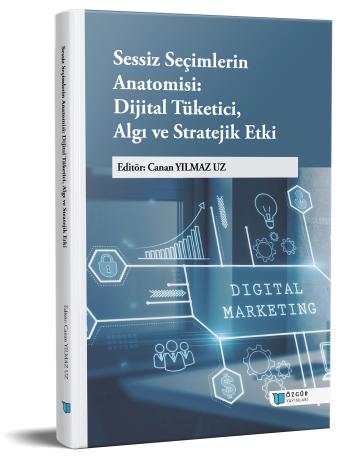
Strategic Silence: Guidance or Manipulation?
Chapter from the book:
Yılmaz Uz,
C.
(ed.)
2025.
The Anatomy of Silent Decisions: Digital Consumers, Perception, and Strategic Impact.
Synopsis
The purpose of voice in companies is to bring about improvement and positive change. Therefore, voice is a valuable resource for managers focused on achieving ultimate goals and improving team dynamics. Strategic silence, on the other hand, is a concept that emerged with the conceptualization of silence, rather than strategy. Strategic silence, rather than a mere lack of communication, refers to the deliberate concealment of issues. A communication strategy is a series of conversations, or simply acts of silence, designed to achieve a communicative goal.
This chapter analyzes the definitions and characteristics of manipulation in strategic silence. It then explores communication strategies and tactics, highlighting the manipulation approach aimed at ensuring productive interaction, its key characteristics, and its effects.
This chapter will address the causes and effects of strategic silence. The chapter will first explain what strategic silence is. It will discuss why strategic silence is preferred in the business world, and the impact of the concepts of voice and silence between managers and employees will be evaluated. The purposes for which strategic silence is used in marketing will be explained with examples, and the concepts of strategic silence and manipulation will be evaluated in the context of ethical marketing. We will then examine whether it results from manipulative actions and the relationship between strategic silence and manipulation. Finally, the chapter concludes with a discussion of the positive and negative impacts of strategic silence on companies.

